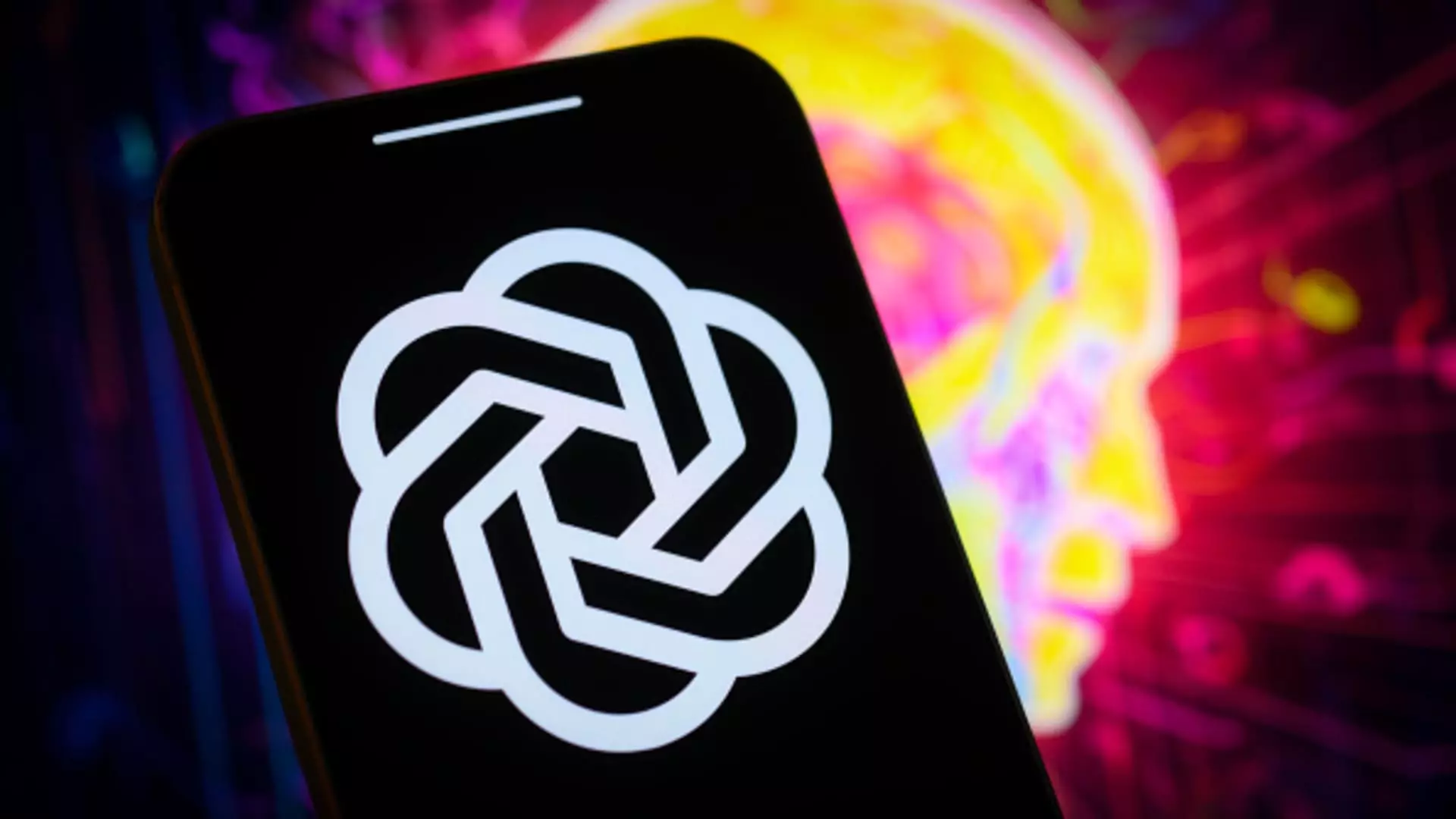In a significant development within the tech realm, Caitlin “CK” Kalinowski has transitioned from her previous role at Meta to spearhead OpenAI’s robotics and hardware initiatives. This move highlights OpenAI’s ambitions to not only dominate the software field with its well-known AI applications like ChatGPT but also to effectively integrate artificial intelligence into tangible products that can revolutionize everyday life. As Kalinowski herself stated, her focus will initially center on fostering robotics partnerships, a key component in bridging the gap between virtual intelligence and the physical world.
Kalinowski’s expertise positions her perfectly for this role. She brings with her an impressive track record, including leadership of Meta’s Orion project, which sought to realize the potential of augmented reality. Her tenure at Meta and Oculus, combined with her substantial experience at Apple, where she contributed to the design of significant hardware products, primes her for the challenges and opportunities that lie ahead at OpenAI. Each of these roles has armed her with a unique set of skills that meld hardware design with cutting-edge software applications, essential for crafting consumer products that are both innovative and user-friendly.
OpenAI’s recent investment of $400 million into the San Francisco-based startup Physical Intelligence enhances its vision of merging AI with robotics. The startup’s mission to achieve “general-purpose AI” emphasizes its commitment to creating powerful algorithms capable of enabling robotics that can operate in diverse and complex environments. This investment underscores a broader industry trend where companies recognize the need for actionable AI, capable of functioning beyond digital platforms and into the physical business and consumer spheres.
Moreover, OpenAI has partnered with design legend Jony Ive, known for his pivotal role in the creation of iconic Apple products. This collaboration signals a concerted move to create not just functional but aesthetically pleasing AI devices, resonating with consumers’ increasing desire for technology that is both practical and visually appealing.
This strategic pivot raises interesting questions about the future direction of technology, particularly in relation to consumer expectations and usability. As more companies, including OpenAI, venture into the realm of physical products, the intersection of hardware and AI is likely to broaden, leading to innovations that challenge existing paradigms and potentially redefine the relationship individuals have with technology.
As innovators like Kalinowski take on leadership roles in these ventures, the industry’s trajectory may shift dramatically. OpenAI’s commitment to a more expansive view of AI encompasses not only software advancements but also the creation of hardware capable of making AI more ubiquitous in everyday life.
With Kalinowski now at the helm of OpenAI’s hardware aspirations, the anticipation surrounding the company’s forthcoming developments is palpable. As these new technologies emerge, they will undoubtedly influence various sectors, from consumer electronics to healthcare. Given the current technological climate, OpenAI is not just positioned to thrive; it may very well set the standard in how artificial intelligence integrates with and enhances the physical world.


Leave a Reply